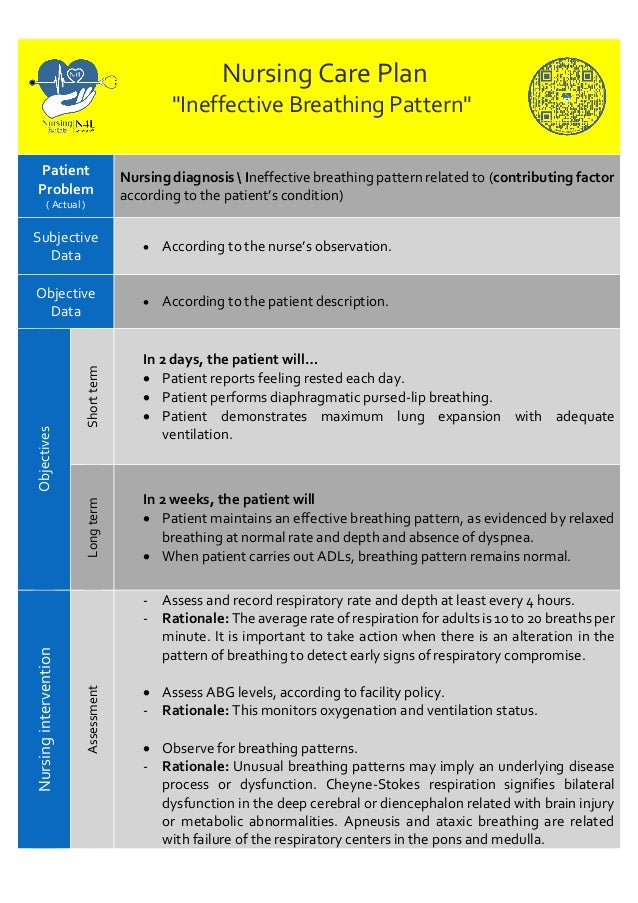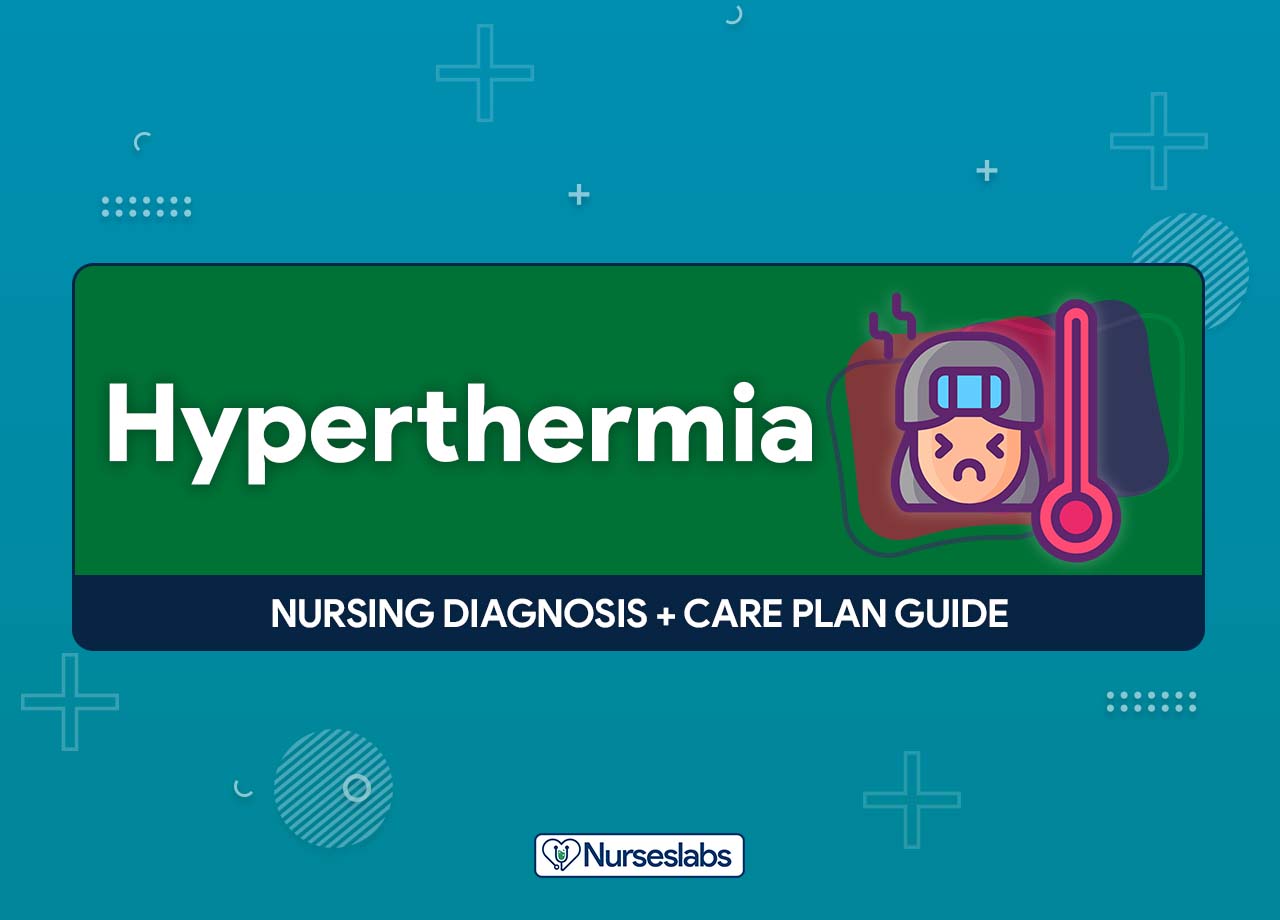end tidal co2 monitoring nursing considerations
ETCO2 is sometimes used for procedural sedation and during resuscitation. End tidal CO 2 monitoring is represented as a number and a graph on a monitor.

Rapid Sequence Induction Checklist Opa Oropharyngeal Airway Npa
The first infrared monitoring and recording device was created in 1943.

. Publication types Clinical Trial. If EtCO 2 is 45 to 50mmHg. EtCO 2 35-45 mm Hg.
End tidal carbon dioxide ETCO2. The waveform is called capnograph and shows how much CO 2 is present. Literature shows that monitoring end tidal carbon dioxide.
Implications for Advancing the Practice of Perianesthesia Nursing. Although end-tidal C02 monitoring has long been used in the operating room for ventilated patients it is quickly becoming a highly used monitor in intensive care unit post-anesthesia care unit and other nursing areas. Implications for Advancing the Practice of Perianesthesia Nursing.
Pain management and sedation issues history of sleep apnea. ETCO₂ monitoring is a continuous way to accurately measure respiratory rate and CO₂ levels to provide safe monitoring of ventilatory status in extubated postoperative patients. The number is called capnometry which is the partial pressure of CO 2 detected at the end of exhalation ranging between 35 - 45 mm Hg or 40 57 kPa.
For this technology to be useful the critical care nurse must have a clear understanding of the normal capnography waveform and what the alterations in this waveform represent. The critical care nurse can use this information to plan patient. End-tidal capnography refers to the graphical measurement of the partial pressure of carbon dioxide in mm Hg during expiration ie end-tidal carbon dioxide EtCO 2 PetCO 2.
To facilitate safe and evidenced-based care for this patient group nurses must have a good understanding of this. First established in the 1930s clinical use of end-tidal carbon dioxide measurement became accessible in the 1950s with the production and distribution of capnograph monitors. To facilitate safe care nurses must have a good understanding of this monitoring method.
EtCO 2 should be monitored in addition to pulse oximetry whenever respiratory depression is a possibility examples. This introductory session explores the physiology of ventilation and perfusion and the use of EtCO2 monitoring to evaluate. Multiple monitoring options so you can choose what and how to monitor respiratory status.
End-tidal CO2 EtCO2 monitoring is routinely used during mechanical ventilation procedural sedation and resuscitation. End-tidal capnography end-tidal CO2 PETCO2 ET CO2 refers to the graphical measurement of carbon dioxide partial pressure mm Hg during expiration. Ad View a brochure to learn about end-tidal CO2 capnography.
Capnography or End Tidal Carbon Dioxide ETCO₂ monitoring is the measurement of the partial pressure of Carbon Dioxide CO₂ at the end of an exhaled breath. So it stands to reason that monitoring the MAIN thing that spurs the respiratory drive would tell us loads about how our patient is doing in the ol gas exchange department. End-tidal carbon dioxide ETCO 2 monitoring and capnography have become an integral part of the daily management of critically ill patientsBy monitoring ETCO 2 providers acquire information on a patients pulmonary cardiac and metabolic status.
End-tidal CO2 monitoring is a method of measuring a patients ventilation and can also give cues into cardiac status. When you use capnography to monitor your patient you will be looking at the end-tidal CO2 ETCO2. End-tidal CO2 ETCO2 monitoring is a common treatment for patients receiving mechanical ventilation within the critical-care or operating room setting.
E-30 Journal of Perioperative Nursing Volume umber Winter 2021. End-tidal carbon dioxide monitoring for weaning patients. Several implications for critical care nursing practices were derived from the literature review and findings of this study.
Your end-tidal as it is often called is the amount of. Capnography is the monitoring of end-tidal carbon dioxide in waveform and numeric display. EtCO2 monitoring enables advanced assessment capabilities and assists the peria- nesthesia nurses to safely manage patient care while optimizing.
Understanding End Tidal CO 2 Monitoring. Capnography is a method for monitoring the partial pressure of carbon dioxide in the blood and end tidal capnography measures the partial pressure of carbon dioxide at the end of an exhaled breath. Attempt to stimulate and arouse the patient.
A pilot study Dimens Crit Care Nurs. By 1978 the technology was finally adopted in Holland. ABGs during the process was found to be untrue.
First established in the 1930s clinical use of EtCO 2 measurement became accessible in the 1950s with the production and distribution of capnograph.

Pin On Pulmonary Kamp Nursing Kamp On Pulmonary

Why You Should Care About Capnography And Etco2 Straight A Nursing

Understanding Capnography Intensive Nurse

Why You Should Care About Capnography And Etco2 Straight A Nursing

Concurrent Use Of Pulse Oximetry Via A Tongue Probe And Capnometry In An Anesthetized Dog Hemoglobin Saturatio Vet Medicine Vet Tech School Vet Tech Student

Rapid Sequence Intubation Checklist

6 Mechanical Ventilation Nursing Care Plans Nurseslabs

Ventilator Basics For Nursing Students Straight A Nursing

Pin On Cardiac Kamp Nursing Lectures On Cardiac

Oxygenation And Ventilation Physiology The Fundamentals Epicc Covid19 A Free Open Source International Nursing Program To Fight Covid19

Pin By Nacho Redondo Garcia On Anestesia Nurse Anesthesia Anesthesia School Medical Field

Ineffective Breathing Pattern Nursing Care Plan

Nursing Recommendations On How Capnography Improves Patient Safety Physician Patient Alliance For Health Safety

Hyperthermia Nursing Diagnosis Care Plan Nurseslabs
Nursing The Portosystemic Shunt Patient The Veterinary Nurse

Ineffective Breathing Pattern Nursing Diagnosis Care Plan Nurseslabs
